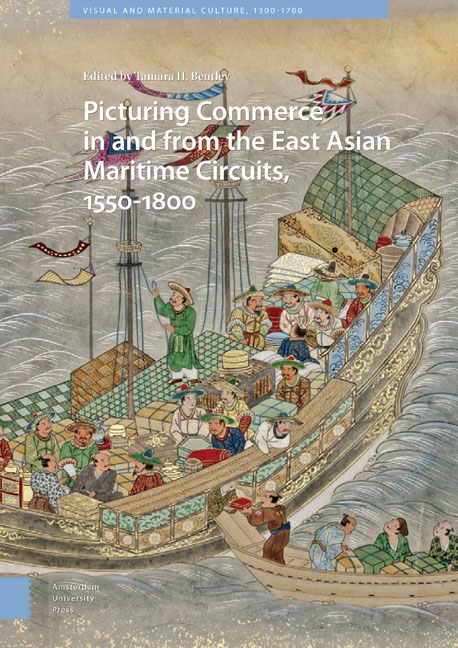9 - Barbarian tropes framed anew: Three Qing dynasty Chinese lacquer screens of Europeans hunting
Published online by Cambridge University Press: 25 November 2020
Summary
Abstract
This essay focuses on three Qing dynasty Chinese incised lacquer screens picturing Europeans hunting and parading. Overall, the organization of these compositions, and the treatment of the Europeans, is derived from earlier Japanese Nanban imagery of 1580 to 1640 showing the Portuguese in Japan. The latter two Chinese screens considered here clearly readapt such imagery in order to depict Dutch figures. The gestures of hunting on horseback, meanwhile, are tied to earlier Chinese and Japanese images of Mongols hunting. Considering these layered references, and the mix-and-match quality of lacquer screen production, the essay argues for a broad range of coexisting associations, including humor, fear of “uncivilized” behavior, and the assertion of European political subservience by way of pictured tribute parades.
Keywords: Chinese barbarian imagery; Mongol hunt imagery; Nanban art; Chinese kuancai folding screens; tribute imagery; lacquer screens in Europe
Beginning in the sixteenth century, we have records of Chinese folding screens produced in the kuancai incised lacquer technique. Cut into a surface of pigmented lacquer (usually black or brown) with fillers below, the recessed forms were then colorfully pigmented to create pictorial scenes. By the late Ming period (1573–1644 CE), such objects had become impressive gifts for ceremonial occasions within China. A large number of Chinese lacquer screens meant to honor the Chinese recipient pictured a wealthy household from above the walls of the estate, enhanced by diverse recreations within the compound, and, in some cases, guests bringing gifts (see Fig. 9.1). Carved inscriptions show that many screens were dedicated at the time of an academic success, or to celebrate a stately elder's birthday or retirement gathering. Most lacquer screens had an elaborate “primary” face, and a more formulaic “verso” set of images, often bird and flower arrangements. Like the compositions in elite printed books in the late Ming and Qing dynasties, the central imagery is often enhanced with decorative pictorial borders. Beginning in the seventeenth century, incised lacquer folding screens were also exported from East Asia to Europe, European colonial outposts, and the New World.
The subject of this essay concerns a Chinese screen genre less common than the “estate celebration” compositions—that of hunting foreigners, which picture Europeans and their multi-ethnic cohort hunting on horseback and on foot.
- Type
- Chapter
- Information
- Publisher: Amsterdam University PressPrint publication year: 2019



